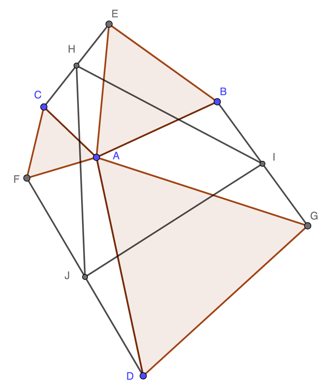I was marking a programming exercise that involved taking account of leap years, and I realised I didn't know what the term was derived from: why "leap"? So I looked it up. The origin is not certain but the most likely explanation is as follows.
As you know, it was realised from ancient time that a year is not exactly 365 days but a bit over, about six hours. At one time this was ignored, but doing so caused problemsas time went by, and Julius Caesar introduced a reformed calendar in which every fourth year would have an extra day, which would compensate for four lots of six hours, so making the average length of a year 365.25 days. This extra day was in Latin a bissextus.
Medieval Christianity celebrated a series of feasts, or festivals, some moveable (e.g. Easter) but others like Michaelmas, which falls on on 29th were fixed. (Of course many are still celebrated today but I think a lot of saints' days were included and we are less aware of these nowadays.)
In successive years the day of the week on which a fixed festival falls will advance one day per year, so if it falls on Monday this year, then next year it will be on Tuesday except, except...
If the current is a bissextus and the festival is on or after 29th February, a day will be skipped and the day of the week will advance by two days. We have leaped over a day!
The OED gives this rather nice quotation from the 14th century:
Of course the calendar we use today takes into account the fact that six hours is an overcompensation, so if the year is a multiple of 100 we skip the extra day, except that now we have gone a tiny bit too far the other way, so if the year is divisible by 400 we reinstate the extra day. With these tweaks things should be fine for about 20,000 years.











